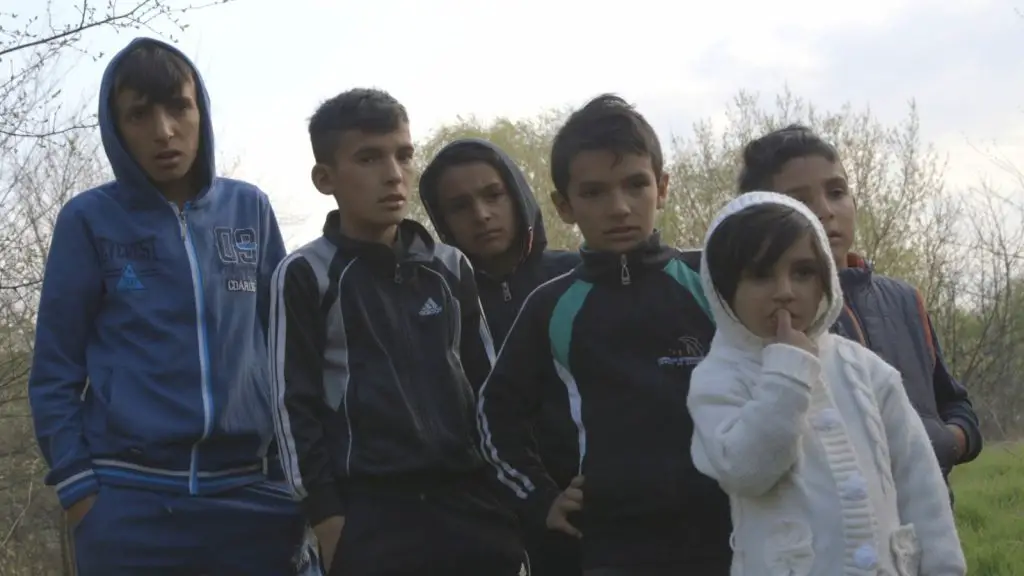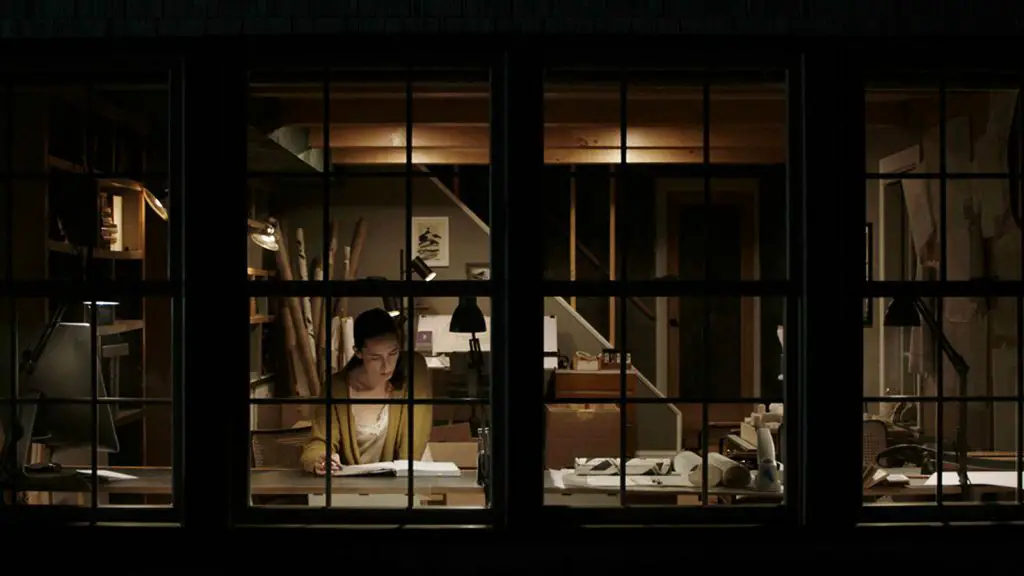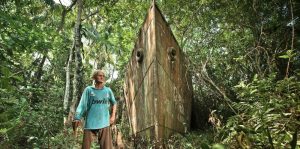
Something sad about Once Upon A Time In Venezuela is Rios’ way of showing the passing of time and how the village ultimately declines dramatically. We see the water disappearing from under some houses, and others we see being floated away on boats. Tamara’s once-thriving farming business is shown to be failing by the silent empty plot of land that used to be filled with the cacophony of farm animals. We see the school empty. We witness the death of Congo Mirador.
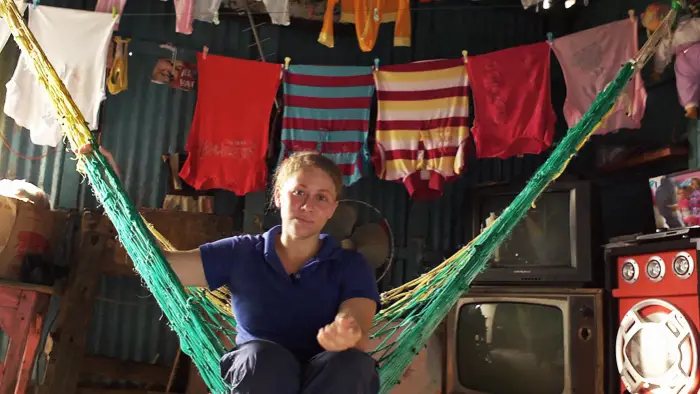
“…makes you care.”
Anabel Rodriguez Rios is from Venezuela but, like countless others, is currently in exile. Rios makes the political personal and, therefore, more relatable to an audience who is not on the ground seeing the destruction of her country unfold. She made me want to learn more about what’s going on in Venezuela. She made me care about a village I would have never known existed if it wasn’t for her film, and for this, I have to commend her.
It’s also worth mentioning that while this is a documentary, it has an otherworldly feel to it. Perhaps because the village is on a lagoon filled with music, it could also be the mysterious, silent lightning referred to as Catatumbo. Congo Mirador was a magical place, and I’m glad I got a chance to see it while it was still alive. You will be too if you check out Once Upon A Time In Venezuela.
Once Upon A Time In Venezuela screened at the 2020 Sundance Film Festival.
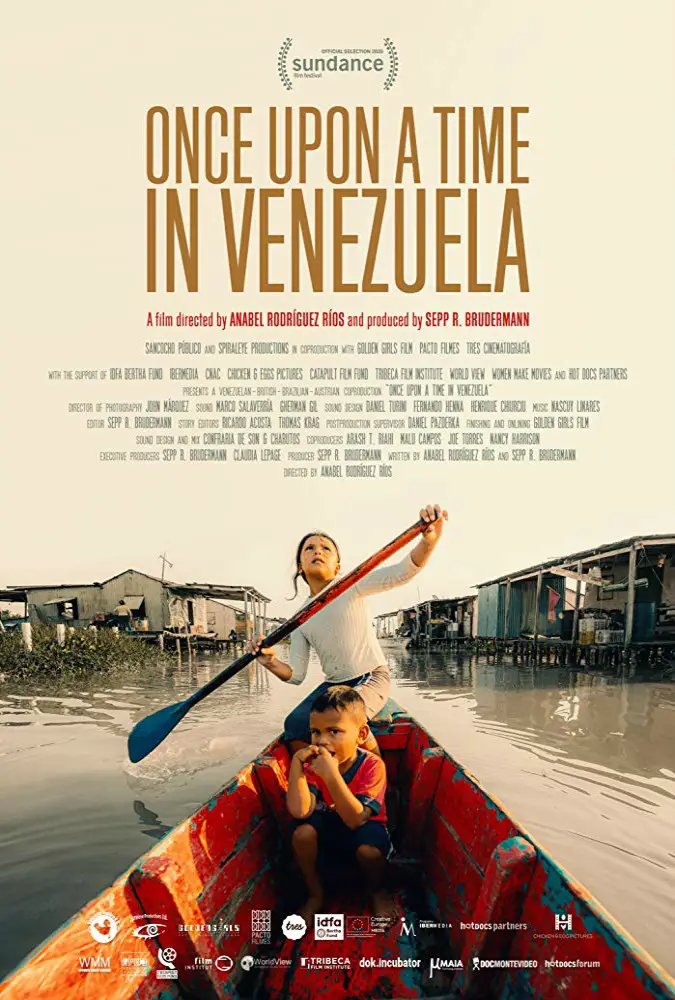
"…takes a subject, the decline of the country of Venezuela, and gives us an exploration of that in a microcosm..."

